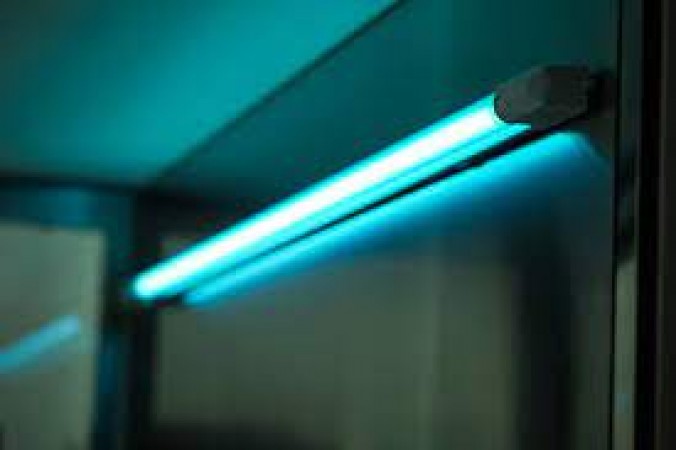
In today's rapidly evolving world, the need for effective sanitization has taken center stage. One remarkable innovation that has gained prominence is the use of light to combat bacteria and viruses. This revolutionary approach is not only efficient but also presents a promising solution for maintaining a clean and safe environment.
Recent advancements in technology have unlocked the potential of Ultraviolet (UV) light as a powerful weapon against harmful microorganisms. UV light, especially in the UV-C spectrum, has the ability to disrupt the DNA of bacteria and viruses, rendering them harmless.
Compact and portable UV-C wands have become popular tools for personal sanitization. These handheld devices emit UV-C light to quickly and effectively disinfect surfaces, making them an invaluable asset for individuals on the go.
UV-C light chambers offer a more comprehensive approach, providing a controlled environment for thorough disinfection. From smartphones to everyday items, these chambers ensure a 360-degree sanitization experience.
When exposed to UV-C light, the DNA of bacteria and viruses absorbs the light energy. This absorption leads to structural damage, preventing the microorganisms from replicating or causing harm.
UV-C light is particularly effective against a wide range of pathogens, including influenza viruses, E. coli, and Staphylococcus aureus. This versatility adds to its appeal in various settings.
Leading tech companies are incorporating UV-C technology into everyday devices. From smartphones to laptops, these innovations aim to create a safer user experience by reducing the risk of surface contamination.
Hospitals and healthcare facilities are adopting UV-C light systems to enhance their sterilization protocols. These systems contribute to a cleaner and more hygienic environment, crucial for patient well-being.
While UV-C light is an effective disinfection tool, it is essential to adhere to safety guidelines. Direct exposure to UV-C light can be harmful, necessitating the implementation of safety features in devices and awareness campaigns.
Some materials may degrade over time when exposed to UV-C light. Manufacturers are addressing this challenge by developing products that are both effective and gentle on various surfaces.
The field of UV-C technology continues to evolve, with ongoing research focused on improving efficiency and expanding applications. From air purification to water sterilization, the possibilities are vast.
As the world grapples with health challenges, the widespread adoption of UV-C technology could play a pivotal role in creating safer environments globally. The scalability of these solutions offers hope for a healthier future.
In the pursuit of a cleaner and safer world, the integration of UV-C light technology stands out as a beacon of hope. From personal devices to public spaces, harnessing the power of light to combat germs is reshaping our approach to sanitization. As innovations continue to unfold, we can look forward to a future where cleanliness is not just a goal but a well-lit reality.
Ramesh Bidhuri Lambasts I.N.D.I.A. Alliance: Exposes Historical Assaults on Press Freedom
INDIA Leaders Decline Ayodhya Invite: Yechury and Raja to Skip Ram Lalla Ceremony !
Mother's Heroic Act: Woman Shields Children from Oncoming Train in Bihar